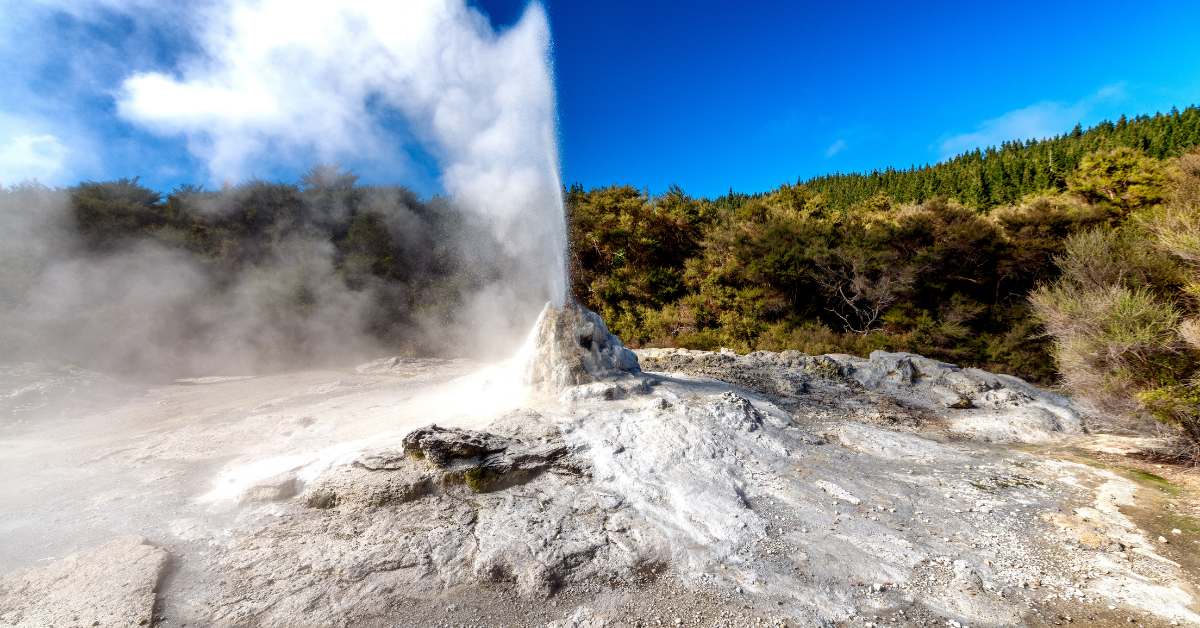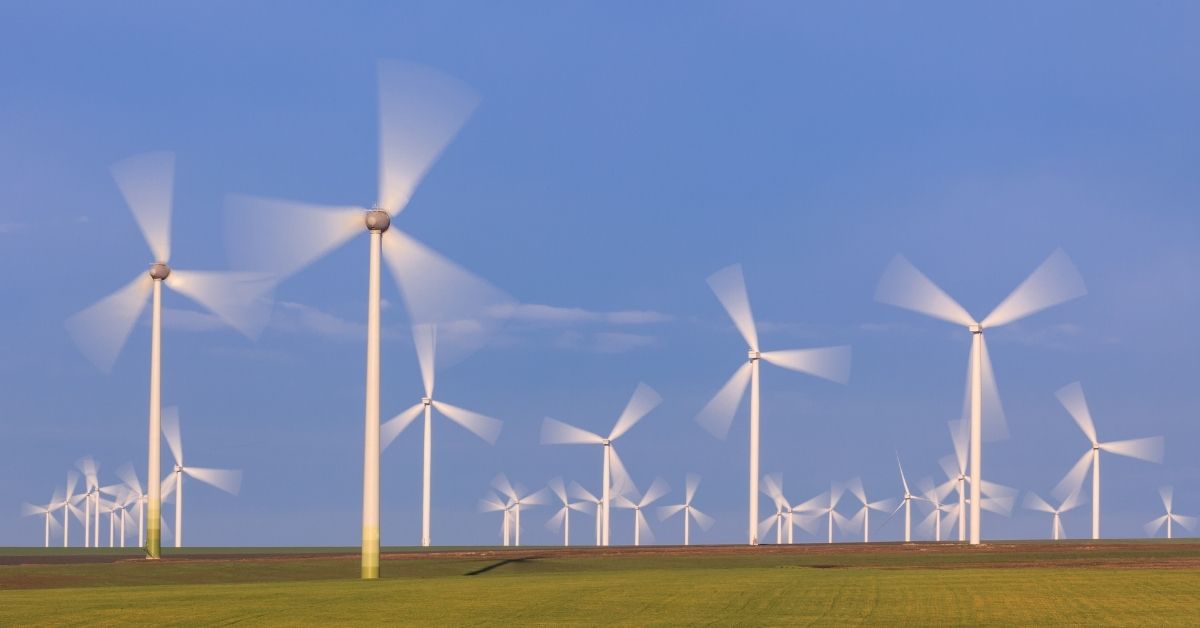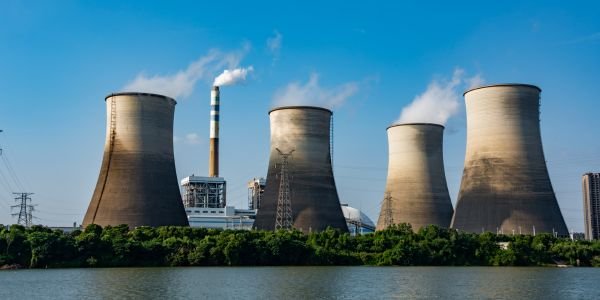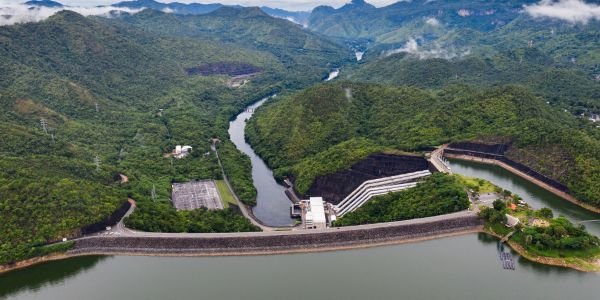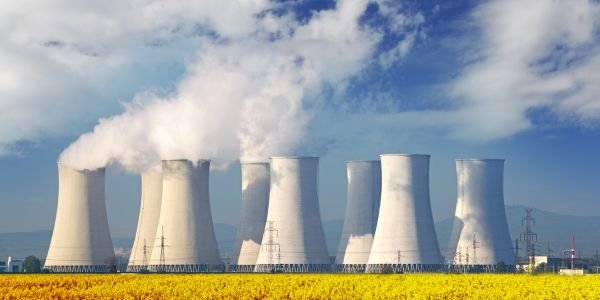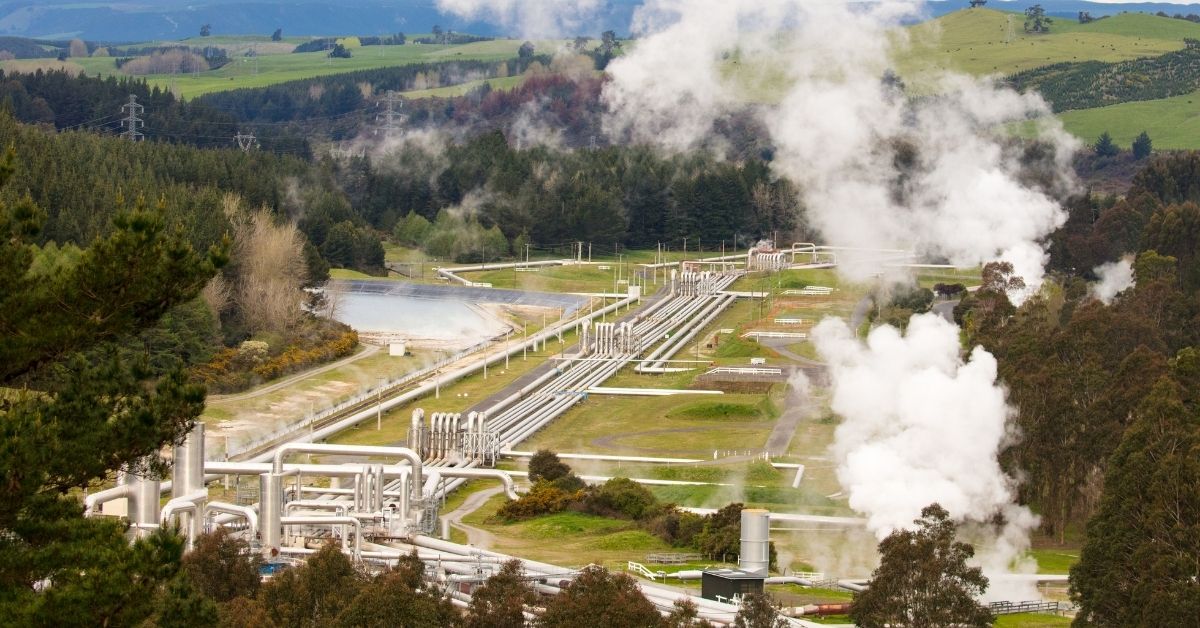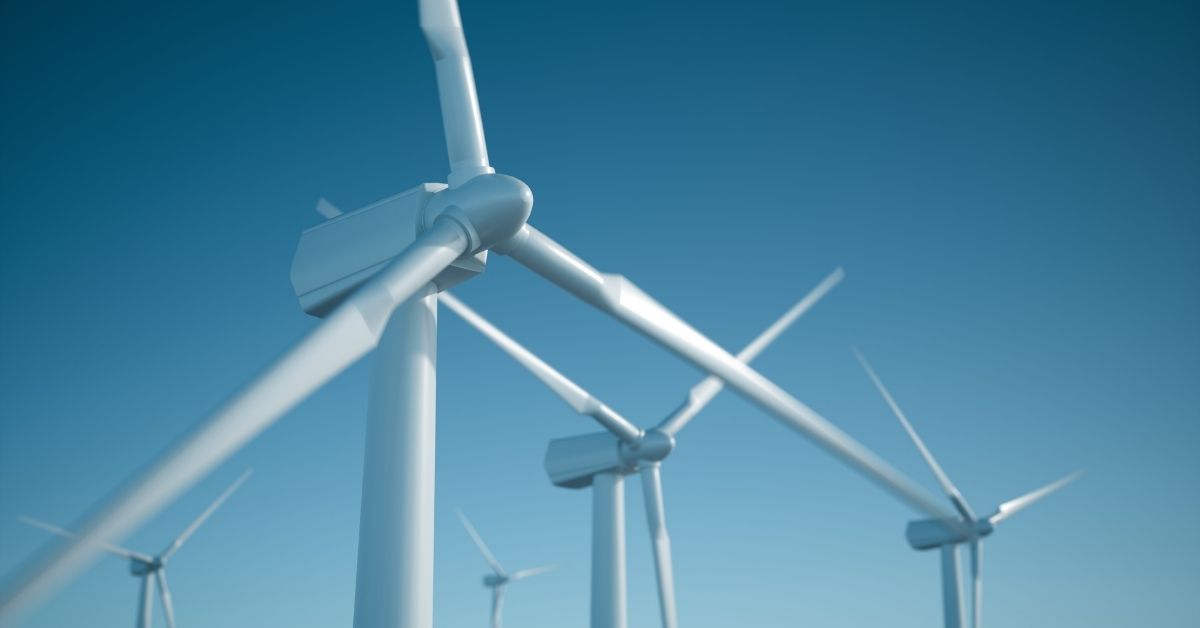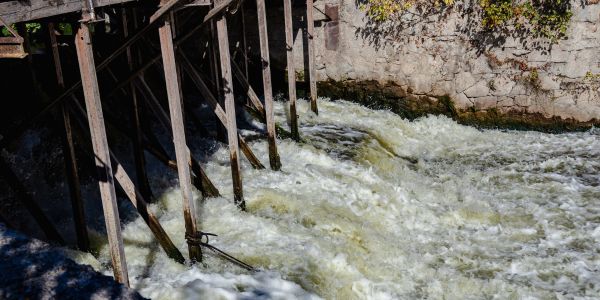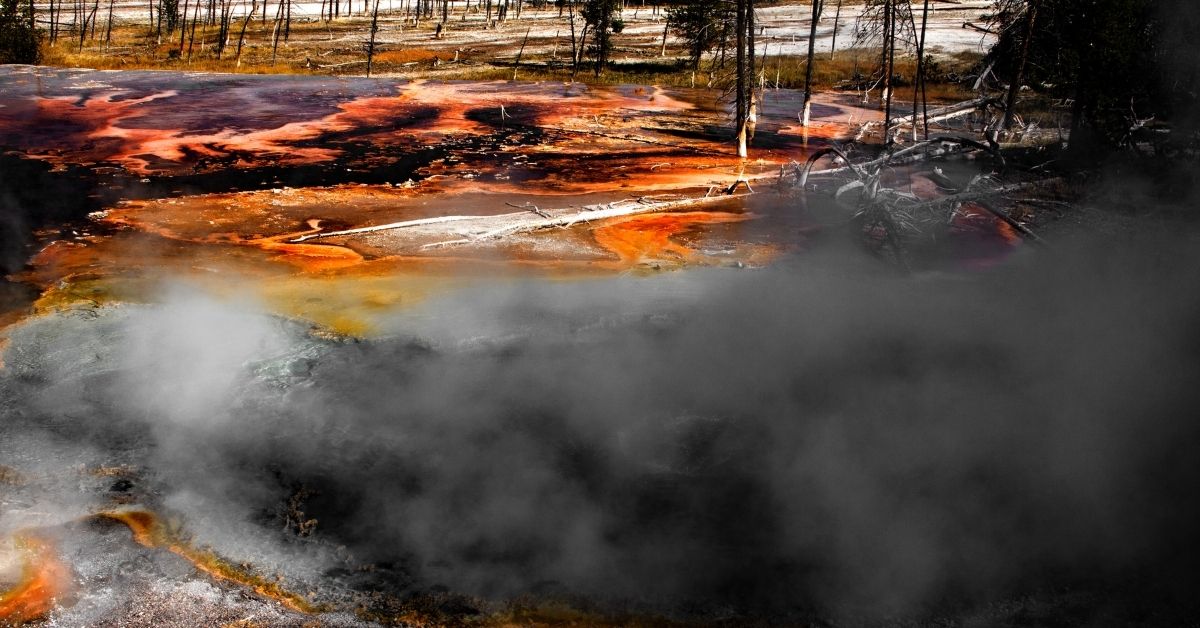Table of Contents
What is geothermal energy?
Geothermal energy is the thermal energy generated and stored within the Earth. Thermal energy is the energy that determines the temperature of the substance. The crust’s heat originates from the earth’s first formation and from the decay of materials (in currently uncertain but possibly roughly equal proportions). The adjective geothermal originates from the Greek word γῆ (gê), meaning Earth, and θερμός (thermos), meaning hot.
Earth’s internal heat is thermal energy generated from decay and continual heat loss from Earth’s formation. Temperatures at the CMB may reach over 4000 °C, which is the planet’s most dynamic part, directly affecting Earth’s rotation and magnetic field. The high temperature and pressure in Earth’s interior cause some rock to melt and solid mantle to behave plastically, leading to parts of the mantle convecting upward since it’s lighter than the surrounding rock. Rock and water is heated within the crust, sometimes up to 370 °C (700 °F).
With water from hot springs or hydrothermal springs or geothermal springs, heat has been used for bathing since old stone age times and for space heating since ancient Roman times, but it’s now better known for its electricity generation and use of this technology in dry steam power generation, flash steam power station and binary cycle power station.
Geothermal electricity generation is currently used in 23 to 26 countries while geothermal heating is in use in 70 countries. Like the previous year 2019, worldwide geothermal power capacity amounted to 15.4 gigawatts (GW). Geothermal power is cost-effective and environmentally friendly but has historically been limited to areas near tectonic plate boundaries.
Recent technological advances have dramatically expanded the range and size of viable resources, especially for applications like home heating, opening a possibility for widespread exploitation. Geothermal wells release greenhouse gases trapped deep within the earth, but these emissions are much lower per unit than those of fuel. The Earth’s geothermal resources are theoretically quite capable of supplying humanity’s energy needs, but only a really small fraction could also be profitably exploited. Drilling and exploration for deep resources are extremely expensive. Forecasts for the longer term of geothermal power depend upon assumptions about technology, energy prices, subsidies, plate boundary movement and interest rates.
Pilot programs like EWEB’s customer opt-in Green Power Program show that customers would be willing to pay a touch more for a renewable energy source like geothermal. But as a result of government-assisted research and industry experience, the value of generating geothermal power decreased by 25% over the 1980s and 1990s. The U.S. Department of Energy estimates that heat from a power plant “built today” costs about $0.05/kWh. About 100 thousand people are employed within the industry.
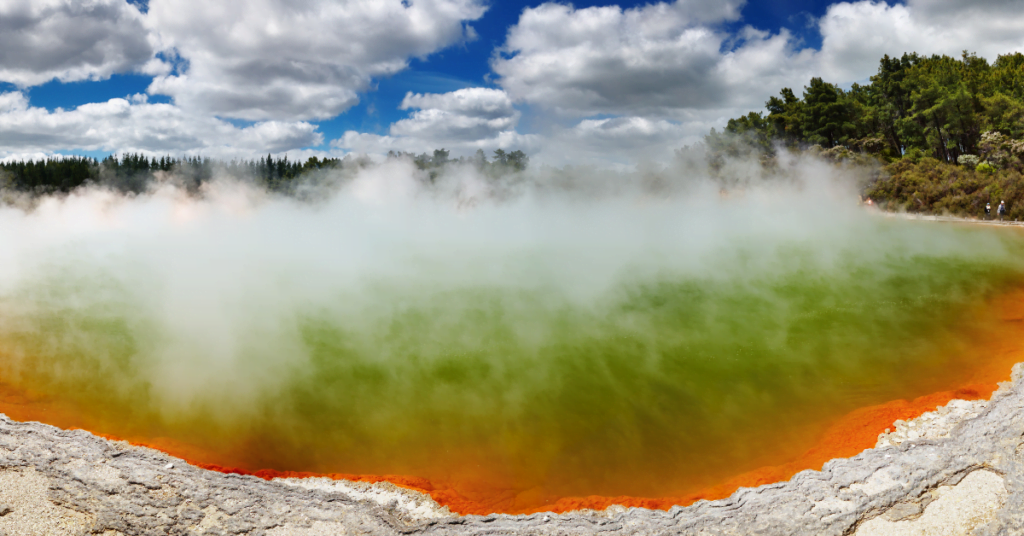
History
In the 20th century, geothermal power was a generating source of electricity that fulfilled the electricity demand. A commercial geothermal power station was built there in 1911, which is the world’s first power station.
Advantages of Geothermal Energy
1. Environmentally Friendly
Geothermal energy is more environmentally friendly than conventional fuel sources like coal and other fossil fuels. In addition, the carbon footprint of a geothermal power station is low. While there’s some pollution-related to heat, this is often relatively minimal in comparison to fossil fuels.
2. Renewable
Geothermal energy may be a renewable energy source, which will last until the world is destroyed by the sun in around 5 billion years. The hot reservoirs within the world are naturally replenished, making it both renewable and sustainable.
3. Huge Potential
Worldwide energy consumption is currently around 15 terawatts, which is far from the entire P.E. available from geothermal sources. While we can’t currently use most reservoirs, there’s a hope that the amount of exploitable geothermal resources will increase with ongoing research and development within the industry. It is currently estimated that geothermal power plants could provide between 0.0035 and a couple of terawatts of power.
4. Sustainable / Stable
Geothermal provides a reliable source of energy as compared to other renewable resources like wind and solar energy. This is because the resource is usually available to be tapped into, unlike wind or solar power.
5. Reliable
Energy generated from this resource is straightforward to calculate since it doesn’t fluctuate in the same way as other energy sources, like solar and wind. This means we will predict the facility output from a geothermal plant with a high degree of accuracy.
6. No Fuel Required
Since heat may be a present resource, there’s no fuel required, like fossil fuels that are a finite resource that needs mining or otherwise extracting from the earth.
7. Rapid Evolution There is an excellent deal of exploration into heat at the instant, meaning that new technologies are being created to enhance the energy process. There is an increasing number of projects to enhance and grow this area of industry. With this rapid evolution, many of the present cons of heat are going to be mitigated.
Disadvantages of Geothermal Energy
1. Location Restricted
The largest single disadvantage of heat is that it’s location-specific. Geothermal plants need to be built in places where the energy is accessible, which suggests that some areas aren’t ready to exploit this resource. Of course, this is often not a drag if you reside in a place where heat is quickly accessible, like Iceland.
2. Environmental Side Effects
Although heat doesn’t typically release greenhouse gases, many of those gases are stored under the Earth’s surface, which is released into the atmosphere during digging. While these gases also are released into the atmosphere naturally, the speed increases near geothermal plants. However, these gas emissions are still far less than those related to fossil fuels.
3. Earthquakes
Geothermal energy also runs the danger of triggering earthquakes. This is thanks to alterations within the Earth’s structure as a result of digging. However, since most geothermal plants are far away from residential centres, the implications of these earthquakes are relatively minor.
4. High Costs
However, where the upfront costs are high, the outlay is often recouped as a part of a long-term investment.
5. Sustainability
To take care of the sustainability of heat, the fluid must be pumped back to the underground reservoirs faster than it’s depleted. This means that heat must be properly managed to take care of its sustainability. The industry needs to assess the heat pros and cons to require an account of the benefits while mitigating against any potential problems.
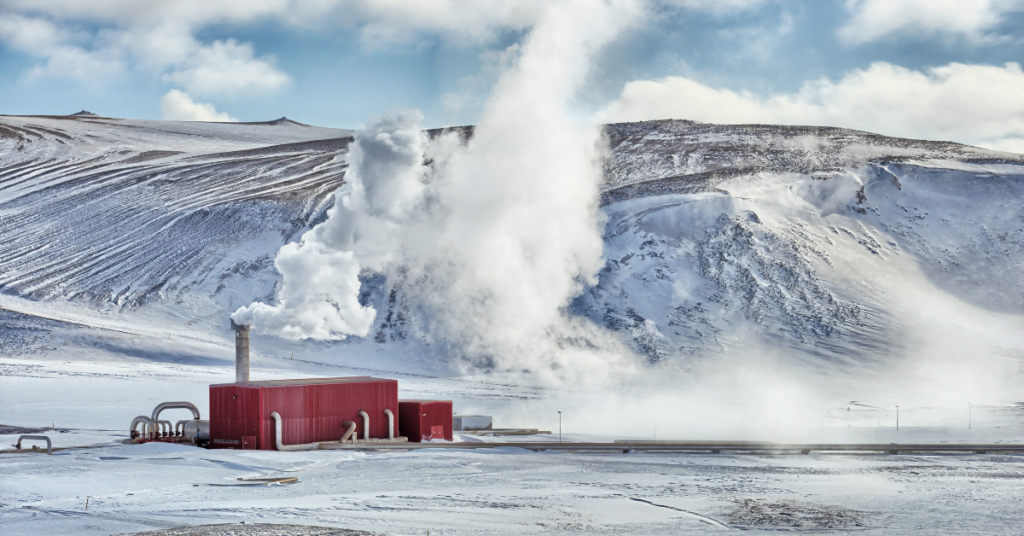
Applications of geothermal energy
Depending on the depth of the earth’s crust, which differentiates between two types of geothermal energy:
• Geothermal energy near the surface
Up to 400 meters deep.
For heat and cold production.
• Deep geothermal energy
From a depth of 400 meters.
For heating purposes or electricity generation.
Geothermal energy near the surface
In heat applications, heat from up to 400 meters deep and temperatures around 25 °C is employed to heat the funky buildings and plants. Due to the still relatively coldness, the warmth energy from these depths is typically not used directly but is raised to the specified temperature level through heat pumps.
The same heat system, which heats in winter, can also cool the building in summer. The subsoil can thus even be used directly as a source for climatic climates, which saves an upscale cooling production in air-conditioning systems.
Near-surface heat has proved to be an environmentally friendly alternative to fossil fuels for single and multi-family houses and is already widespread. Typical systems of near-surface heat are earth collectors, geothermal heat exchangers, groundwater fountains and geothermal heat probes.
Deep geothermal energy
Deep heat is against the utilization of heat in other dimensions. Deep heat begins at a depth of 400 meters and below. The systems operated therewith also are significantly larger and more powerful.
With heat from deep heat, heating networks are fed and whole city areas are furnished with heating. If the temperature level is high enough, a geothermal power station can also generate electricity. And, of course, baths also can be furnished with hot thermal water. Geothermal energy isn’t hooked into weather influences and may supply heat and electricity almost continuously throughout the year.
Deep heat can therefore be used as follows:
• Heat supply
Local and long-distance heating of huge public, commercial, and industrial buildings, also as of larger settlements and districts.
But also to heat greenhouses for vegetable cultivation.
• Power generation
Geothermically generated electricity is out there round the clock and will be used as a baseload for the facility supply. For efficiency reasons, electricity is generated employing deep heat in the cogeneration of warmth and power.
• Balneological use
Use of hot water in thermal baths.
Also, read about Magma Energy
















